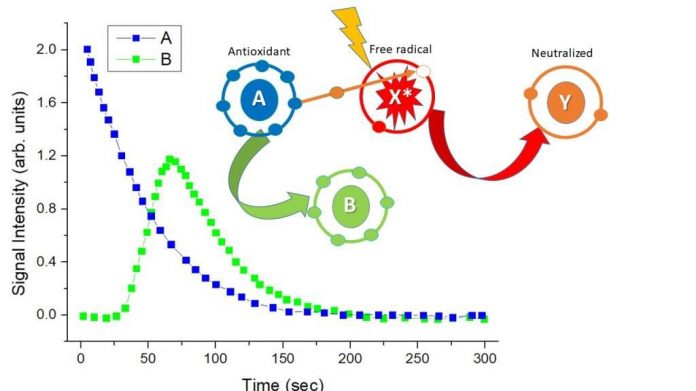
Author information
M. Bobeica1, T. Asavei1, V. Nastasa1, 2, P. R. Vasos*1, 3
Download
1“Horia Hulubei” National Institute for Physics and Nuclear Engineering,
Extreme Light Infrastructure-Nuclear Physics ELI-NP, 30 Reactorului Street, RO-077125, Bucharest-Magurele, Romania
2National Institute for Laser, Plasma and Radiation Physics, 409 Atomistilor Street, RO-077125, Bucharest-Magurele, Romania
3Research Centre ICUB, University of Bucharest, 36-46 Bd. M. Kogalniceanu, 5th District, 050107, Bucharest, Romania
Extreme Light Infrastructure-Nuclear Physics ELI-NP, 30 Reactorului Street, RO-077125, Bucharest-Magurele, Romania
2National Institute for Laser, Plasma and Radiation Physics, 409 Atomistilor Street, RO-077125, Bucharest-Magurele, Romania
3Research Centre ICUB, University of Bucharest, 36-46 Bd. M. Kogalniceanu, 5th District, 050107, Bucharest, Romania
Abstract
As intense laser sources are constructed around the world, various applications are developed. In the medical field it is foreseen to use laser-driven radiation for cancer diagnostic and radiotherapy. High-power lasers can generate pulsed high dose-rate radiation beams (protons, electrons, X-rays and gamma rays) via laser interactions with primary targets. Experiments have been carried out at various high-power laser research facilities in order to demonstrate the radiobiological effectiveness of laser-driven radiation. In this article, we review the results of a selection of cell irradiation experiments conducted using laser-generated radiation beams.
(Received 6 September, 2018; accepted 31 October 2018)
Keywords
particle radiotherapy, high-power lasers, radiobiological effectiveness, biomarkers, high dose-rate radiation









